Top Make.com Alternatives in 2025 (Free & Paid Options)
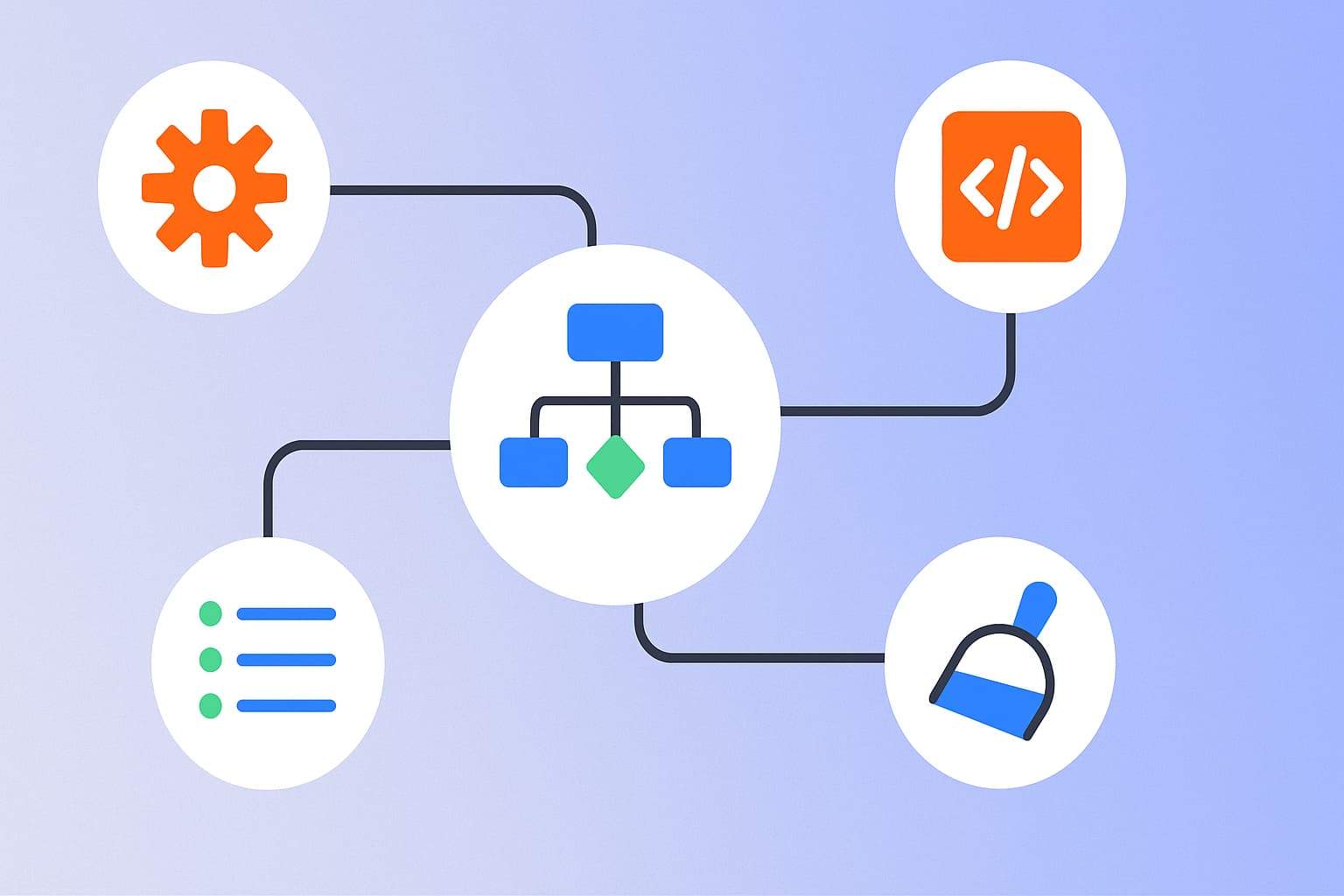
Not sure if Make.com is right for you?
You’re not alone. While Make.com (formerly Integromat) is powerful, it may feel too complex, expensive at scale, or overkill for beginners.
Whether you’re looking for a visual builder, better free plan, or developer-level control—this guide covers the best Make com alternatives to help you decide.
🚀 From no-code tools to open-source platforms, here are the top alternatives to Make.com worth trying in 2025.
Table of Contents
1. Zapier – Best for Simplicity
Zapier is still the most well-known automation tool on the market. It’s ideal for simple, quick automations that connect your favorite apps.
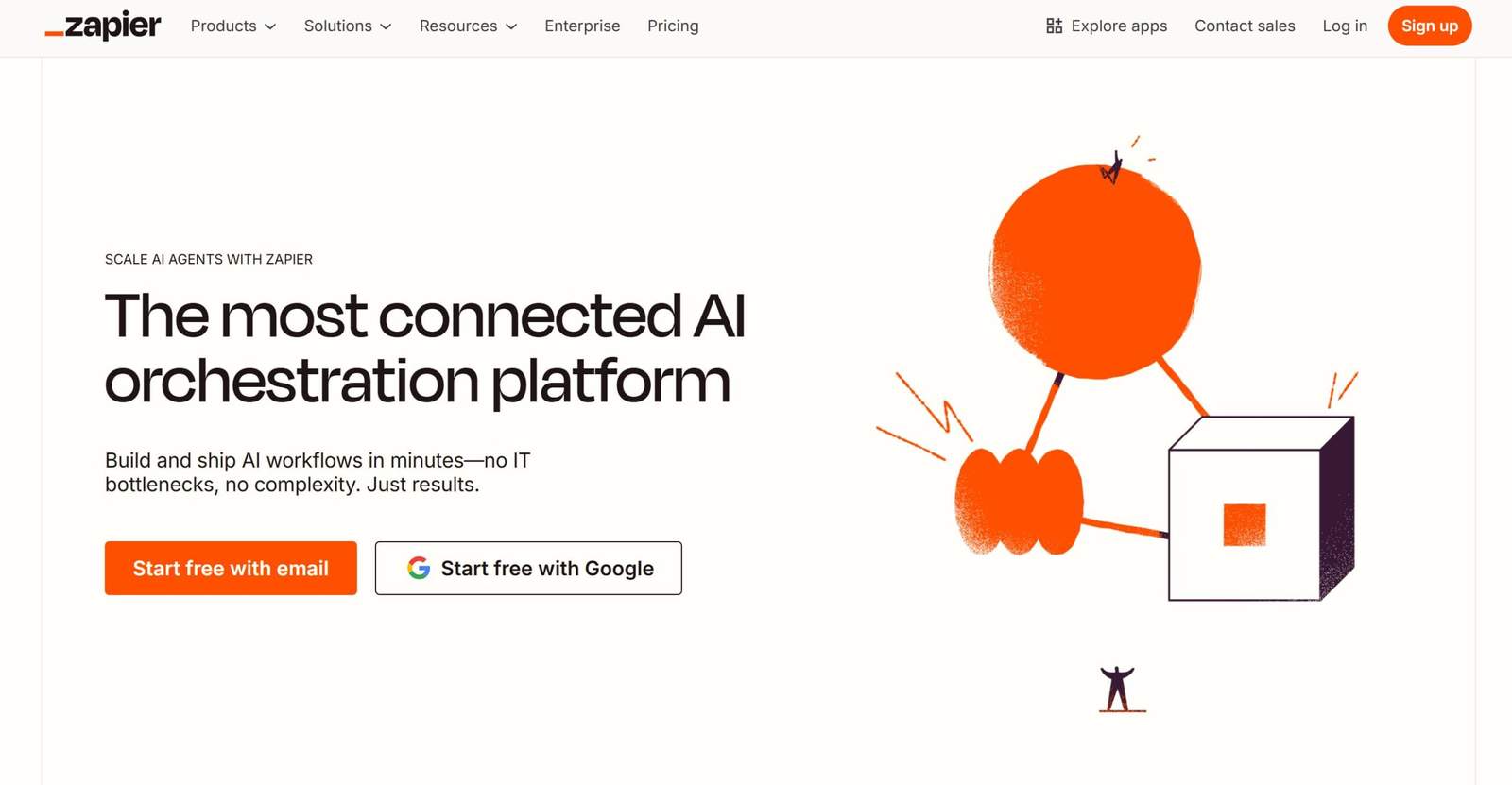
Why Choose Zapier Over Make com?
- Easier learning curve
- Cleaner interface
- Huge template library
- Better onboarding for beginners
Use Case:
If you just want to send leads from a form to Google Sheets and get an email, Zapier handles that in minutes.
Drawbacks:
- Expensive for scale
- No visual editor
- Limited conditional logic
💡 New to automation? Try Zapier first before upgrading to Make or others.
2. n8n – Best for Developers and Self-Hosting
n8n (pronounced “n-eight-n”) is a free, open-source automation tool that you can self-host or use in the cloud. It’s the top Make com competitor for developers.
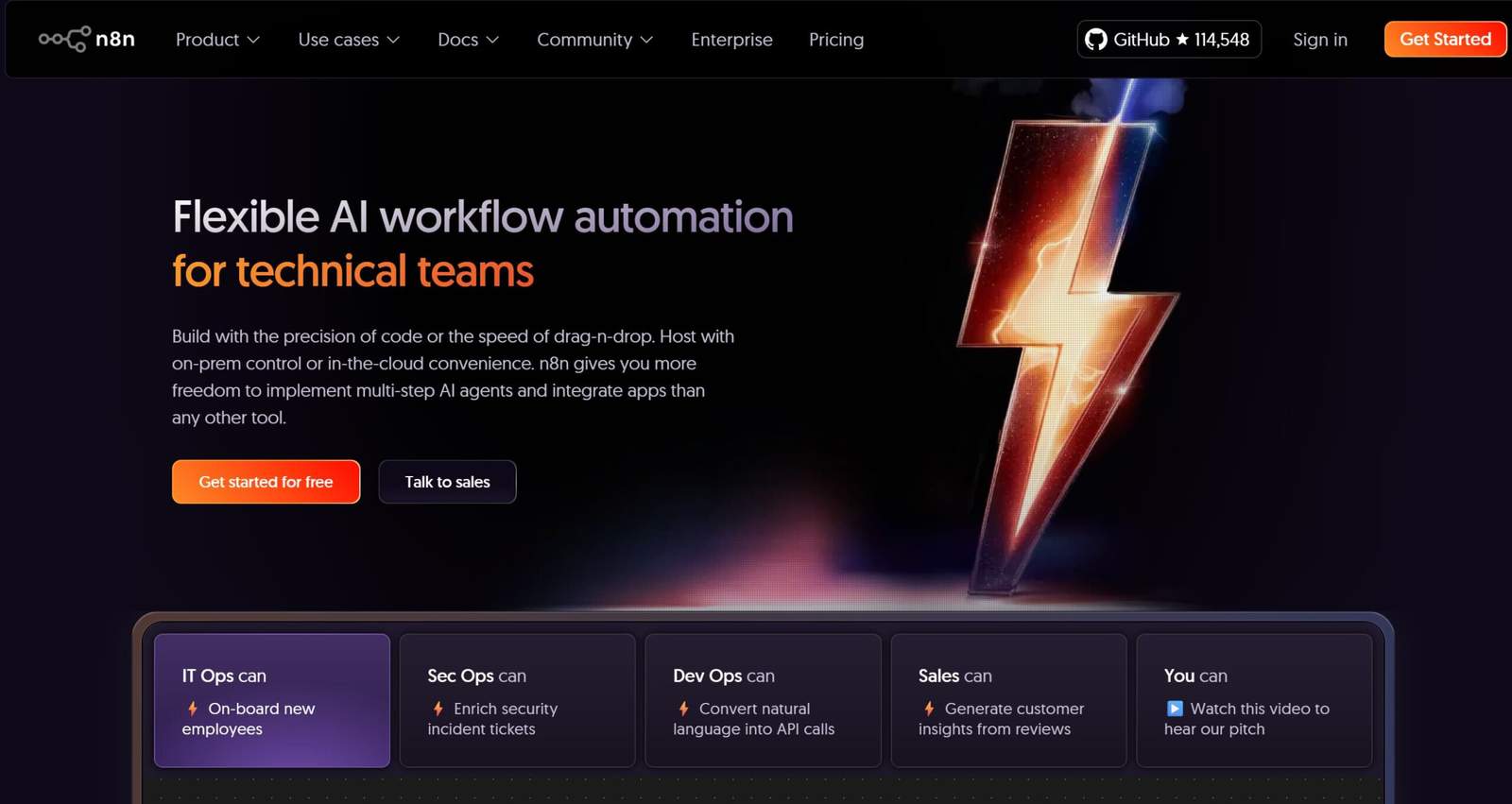
Why Use n8n?
- Self-hosted = full control
- Supports complex logic + coding
- No operation/task limits
- Community-driven ecosystem
Use Case:
A tech team uses n8n to sync internal tools, manage APIs, and run error-handling workflows on a private server.
Downsides:
- Technical setup
- Limited UI polish compared to Make.com
🔧 If privacy, control, and code matter—n8n is your best bet.
3. Pabbly Connect – Best Budget Alternative
Pabbly Connect is a growing no-code automation platform with lifetime deals and unlimited workflows on most plans.
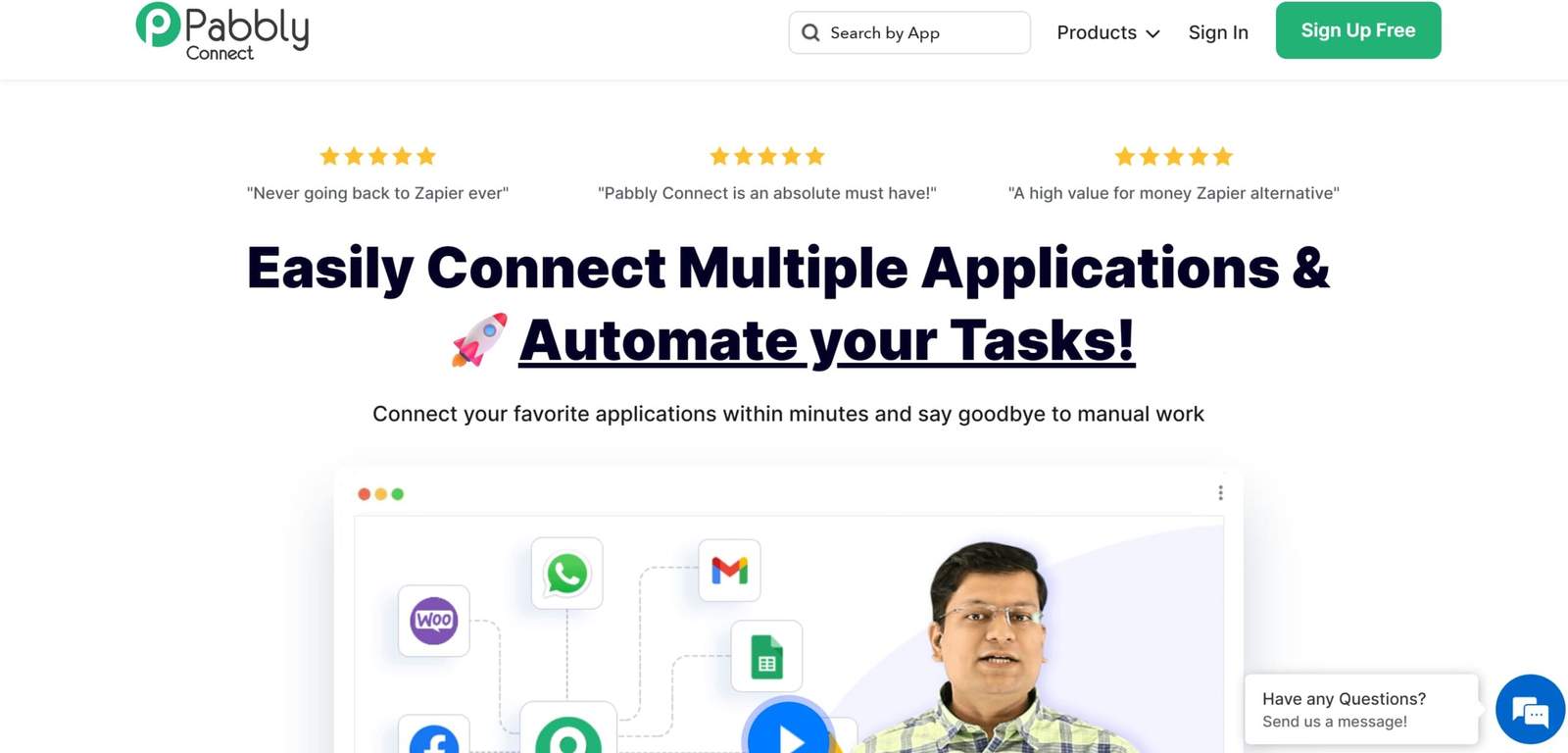
Why Use Pabbly Instead of Make.com?
- One-time pricing options
- Unlimited tasks on paid plans
- Easy to use for beginners
- Growing library of app integrations
Use Case:
Small agencies use Pabbly to run automations for multiple clients without worrying about monthly billing.
Limitations:
- Fewer advanced features
- Slower UI than Make or Zapier
- Smaller app ecosystem
Want automation on a budget? Pabbly offers great value for non-technical users.
4. Integrately – Best for One-Click Automation
Integrately is another no-code tool that lets you set up simple workflows in one click. It’s built for speed, not complexity.
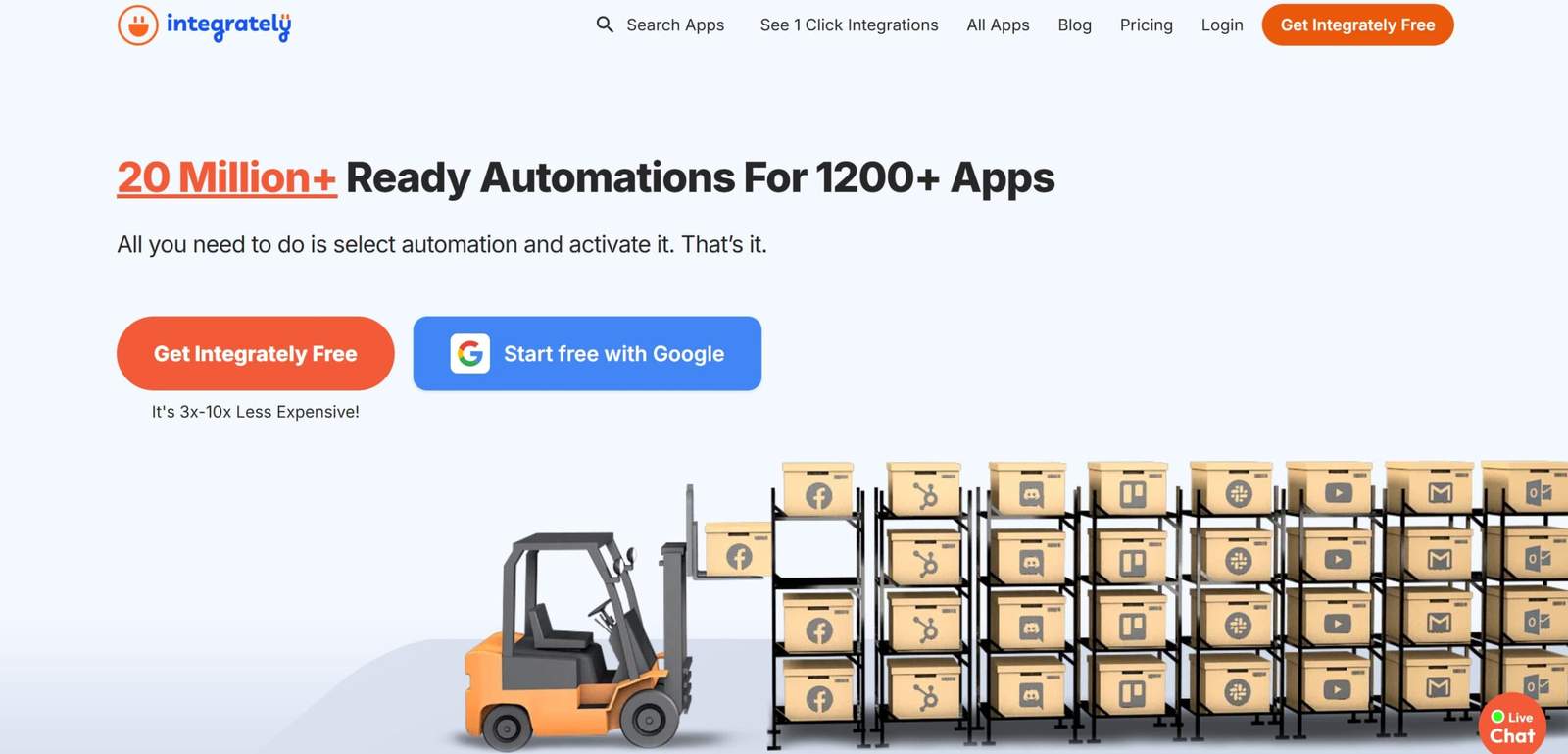
Why Use Integrately?
- 1-click automation setup
- Affordable pricing
- Clean dashboard
- Over 1,000 apps supported
Use Case:
An eCommerce business connects WooCommerce orders to Google Sheets and Mailchimp in 60 seconds.
Weak Points:
- Not ideal for advanced workflows
- Basic branching logic
⚡Need quick, simple automation? Try Integrately’s free plan.
5. Activepieces – Best Open Source with UI
Activepieces is a promising new open-source automation platform with a clean UI and developer-focused features.
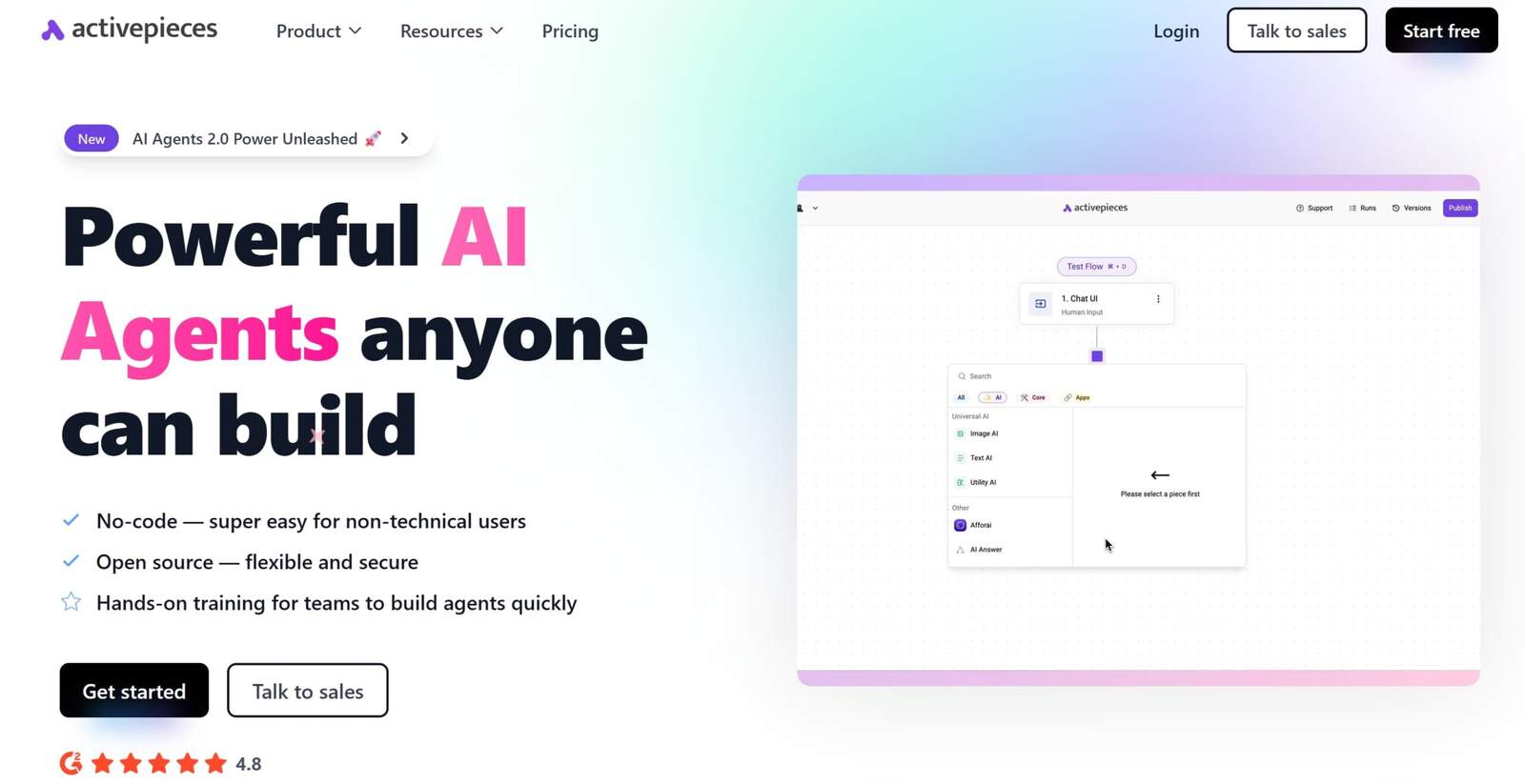
Why Choose Activepieces?
- Free and open source
- Beautiful visual flow builder
- Built-in scheduler, delay, and triggers
- Can be hosted on your own server
Use Case:
Startups and SaaS teams use Activepieces for internal automation with full control over hosting and security.
Challenges:
- Still evolving
- Fewer app integrations compared to Make.com
Want Make com power with open-source freedom? Activepieces is one to watch.
6. Tallyfy – Best for Process Automation
Unlike Make.com, Tallyfy focuses on process automation rather than app-to-app integrations.

Why Tallyfy Stands Out:
- Step-by-step process builder
- Assign tasks to teams
- Track human + machine tasks
- Ideal for SOPs and approvals
Use Case:
A legal firm automates client onboarding with forms, approvals, and follow-ups inside Tallyfy.
Not For:
- Complex technical integrations
- API-heavy workflows
If your team needs automation with workflow tracking, try Tallyfy.
7. Tray.io – Best Enterprise-Grade Platform
Tray.io is a powerful, scalable automation platform for enterprises that need deep integrations and API workflows.
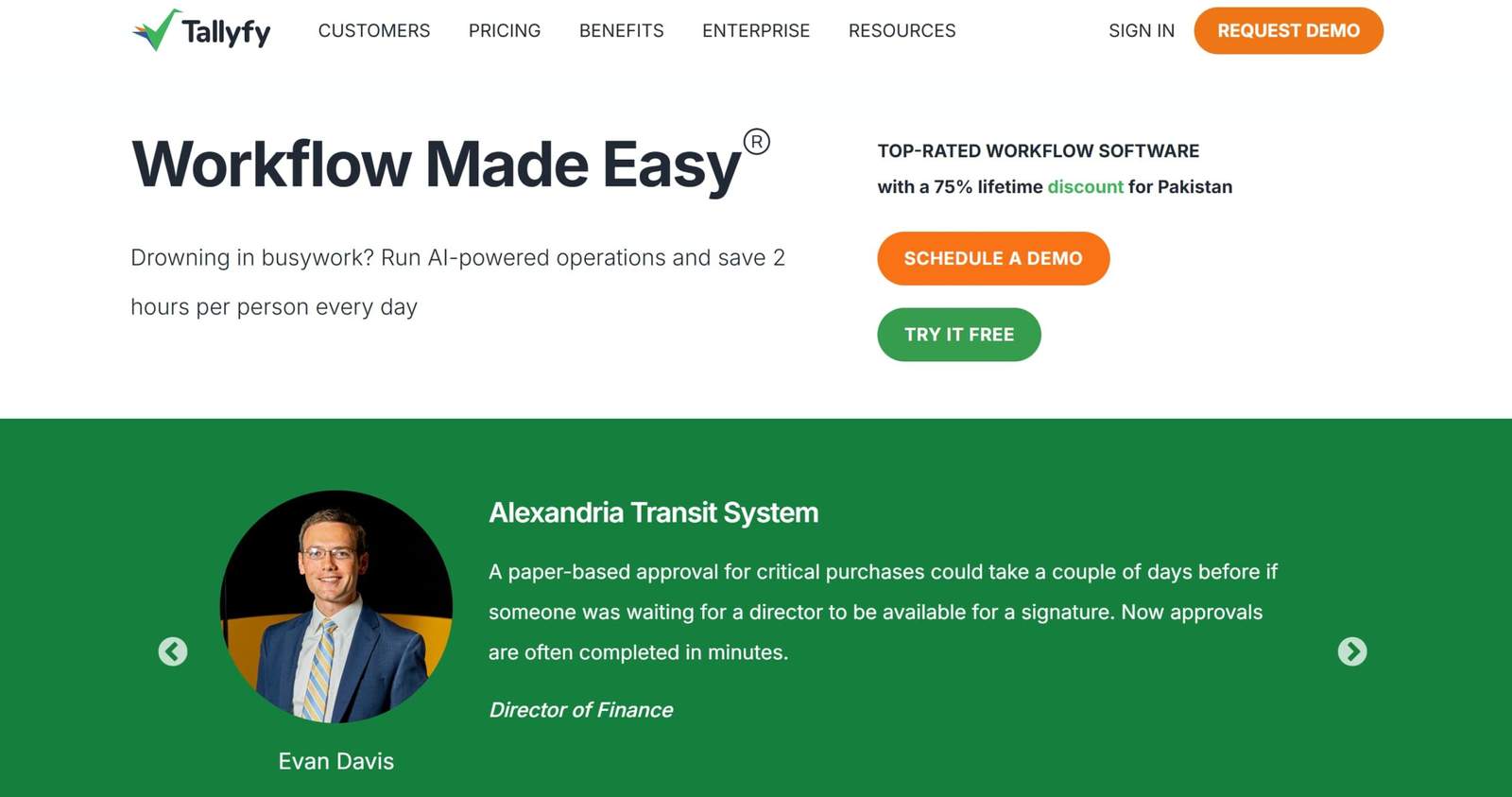
Why Tray is Different:
- Advanced API management
- Enterprise-grade security
- Data mapping tools
- Built for large teams
Use Case:
SaaS companies use Tray.io to integrate user data across multiple platforms with API-level precision.
Drawbacks:
- High cost
- Learning curve
Need enterprise-level automation? Tray.io is built for scale.
Make com Alternatives: Comparison Table
| Tool | Best For | Free Plan | Self-Hosted | Visual Builder | Starting Price |
|---|---|---|---|---|---|
| Zapier | Simplicity | ✅ | ❌ | ❌ | $0 |
| n8n | Developers | ✅ | ✅ | ✅ | Free/Open Src |
| Pabbly | Budget users | ✅ | ❌ | ✅ | $19/lifetime |
| Integrately | One-click setups | ✅ | ❌ | ✅ | $19/month |
| Activepieces | Open-source builders | ✅ | ✅ | ✅ | Free |
| Tallyfy | Process automation | ❌ | ❌ | ✅ | $25/user/month |
| Tray.io | Enterprise use | ❌ | ❌ | ✅ | Custom Pricing |
Final Verdict: Which Make com Alternative Should You Choose?
Make.com is powerful—but it’s not the only option.
Whether you want more control, lower pricing, or faster setup, there’s a Make com competitor that fits your needs.
For beginners: Zapier or Pabbly
For developers: n8n or Activepieces
For teams or SOPs: Tallyfy or Tray.io
Explore 2–3 of these tools and see what works best for your workflow. Each platform has its own strengths.
FAQs – Make.com Alternatives
What is the best Make com alternative?
It depends. Zapier is easiest, n8n is most powerful, and Pabbly is best for budget users.
Is there a free alternative to Make.com?
Yes. Tools like n8n, Activepieces, and Pabbly offer free or freemium plans with solid features.
Why switch from Make.com?
You might want to switch due to pricing, complexity, or need for more control (like self-hosting).
Does Zapier do what Make.com does?
Yes, for simple workflows. But Make.com and others offer more complex logic and better pricing at scale.




